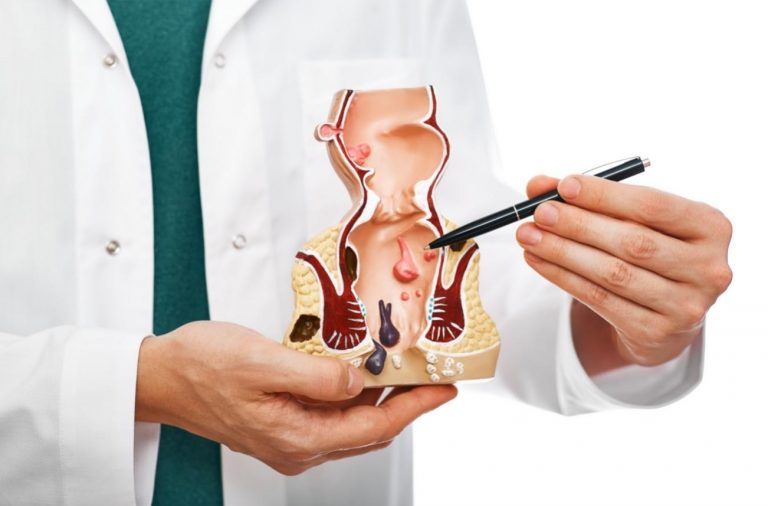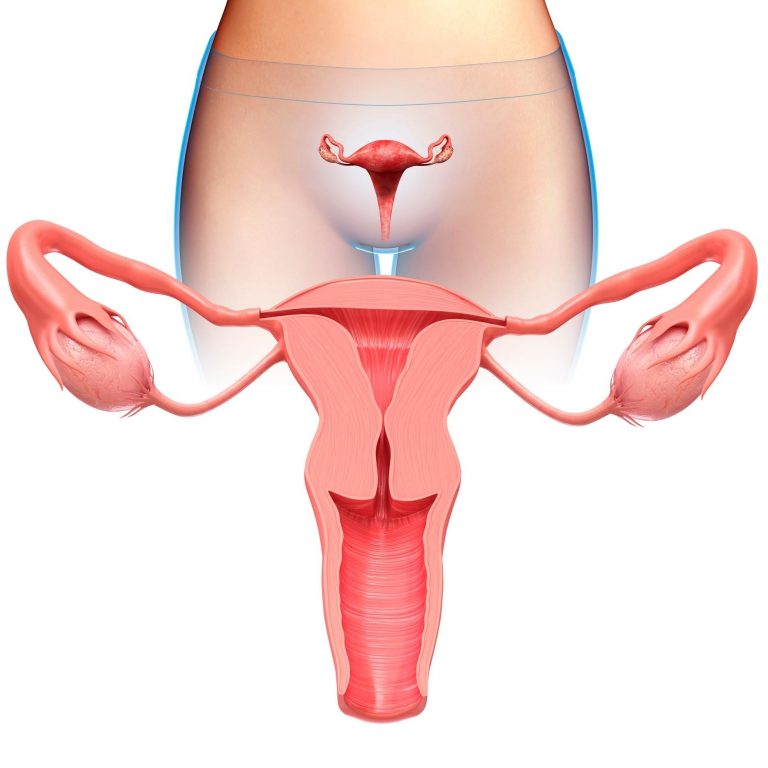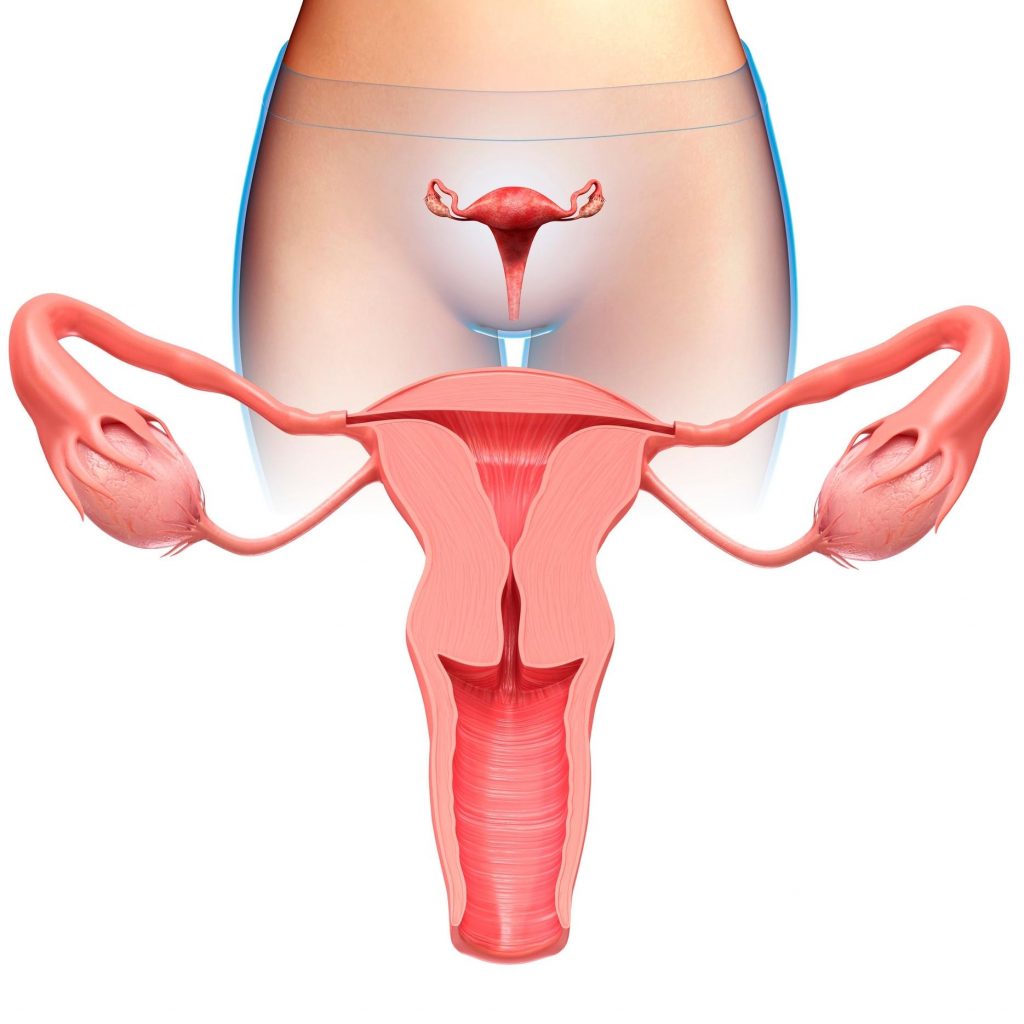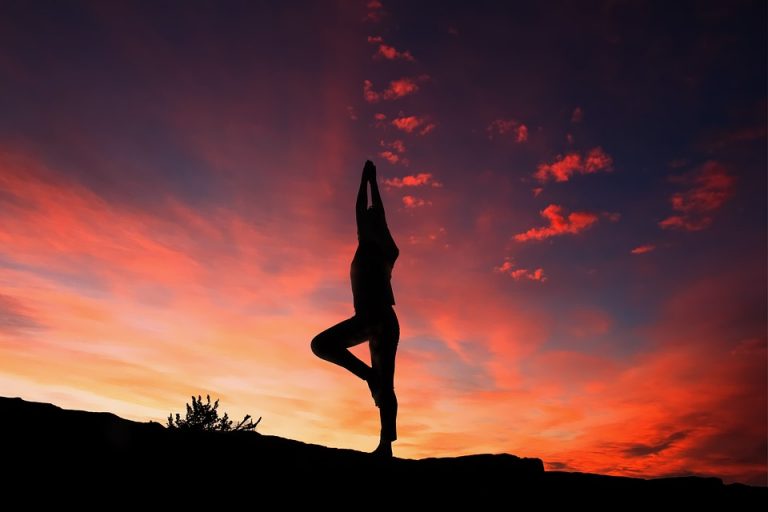
Table of Contents
Migraine Treatment in Ayurveda
Migraine is a severe headache that can be triggered by different means. One of the most common migraine triggers are stress, which can be hard to avoid in today’s world. In some cases, modern migraine treatment may not be enough for relief and alternate treatments need to be applied as well as migraine prevention techniques. In this Article we will discuss Migraine treatment in Ayurveda.
What is Migraine?
Migraine is a neurological disorder that affects the brain, causing severe headaches and sometimes nausea. The migraine pain can be characterized by throbbing or pulsing in nature which may last for hours at a time.
Causes
Migraine Triggers:
- Stress triggers migraine symptoms more than any other trigger
- Lack of sleep
- Too much caffeine/alcohol consumption
- Skipping meals are also common migraine triggers
- Travelling
- Some smells in particular like perfumes.
- Walking in heavy sunlight
- Due to lack of water intake
- Gazing at computer screen for prolonged time
- Exposure to excess Sound and Light
- Exposure to excess hot and cold climates
Besides these typical migraine triggers you must also check out this list of foods to avoid with migraines since many people do not even know about them!
Symptoms
The migraine headache is often accompanied by nausea, vomiting and sensitivity to light or noise. Migraines are divided into two general categories
- Migraine without aura (common migraine)
- Migraine with aura
The difference between the two types of migraines is that auras can be visual disturbances such as seeing things in flashes of color or other distortions; they may also involve language difficulties or numbness/tingling sensations on one side of the body.
Auras usually occur minutes before an attack but not always! There are several triggers for migraine including stress which can affect your ability to think clearly about how you should begin treating it! If there’s just too much going on at work, then try implementing some relaxation techniques if possible- deep breathing exercises and meditation can help migraine sufferers.
Migraine treatment in Ayurveda
Ayurveda has given prime importance to diseases pertaining to Head and it has a unique treatment approach towards disorders of the head. Most of the symptoms of migraine can be correlated with symptoms of Ardhavabhedaka disease mentioned in Ayurveda.
Many online searches for migraine treatment in Ayurveda show home remedies like applying a paste of herbs on the head or taking some herbs with honey that may or may not help in curing the headache. But it is always good to consult an Ayurvedic doctor to get genuine Ayurvedic treatment as Ayurveda never generalises treatment for a disease rather it treats the person with the disorder. Ayurveda emphasizes root based treatment, because of this reason the wide range of internal and external therapies are to be followed only after proper diagnosis of the condition under medical supervision.
Ayurveda also explains the importance of understanding and avoiding the causative factors along with internal and external medications for better results. Some of the external therapies like Nasya and Shirodhara are very much helpful in giving long term relief if you can follow certain diet and lifestyle modifications.
One important note about migraine treatment is that you should keep track of your symptoms and what seems to work for you so you can avoid any potential triggers.
Adapting deep breathing exercises can also help migraine sufferers relax enough to fall asleep at night and get some rest, which is often the only thing that will manage migraine pain if you have them frequently. Other alternative methods that can be tried to keep your mind calm are Yoga, Meditation, Light therapy, Attending counselling sessions etc. Depression may be a factor in migraine headaches so keeping your mind off it as much as possible could make all the difference!
Tips to prevent migraines from occurring
There are many migraine triggers so it’s best to keep a migraine journal where you can record what occurs before an attack. This will help you identify the potential migraine triggers and try to avoid them in order to prevent future attacks from occurring.
Take your migraine medicine exactly as prescribed by your doctor even if migraine symptoms appear to be going away- this is very important!
Conclusion of Migraine Treatment in Ayurveda
Migraine headaches can be very debilitating and affect your quality of life. However, there are many treatments in Ayurveda that can help reduce the frequency and severity of attacks. By keeping a migraine journal and tracking your symptoms, you can begin to identify potential triggers and work on avoiding them. You can now avoid those trigger factors and consult Ayurveda doctor from the safety of your home through Ayurvedic online consultation services provided by various companies of India like CareAyu which is run by Ayurvedic doctors who can give you personalised advice regarding your condition and help you get better. Finally, following your doctor’s instructions for taking migraine medication is crucial for preventing future attacks.












